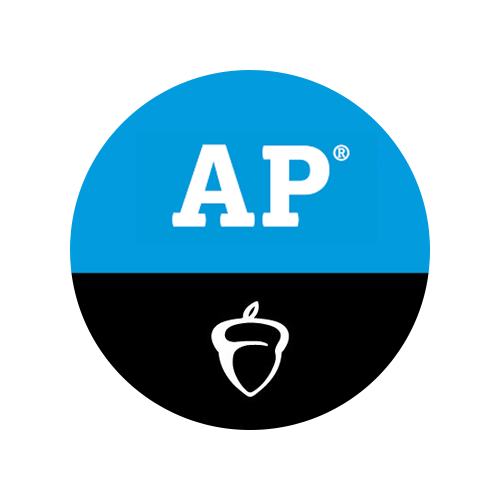
AP
Advanced Placement (AP) Mathematics is widely taken by high school students preparing for university studies in the US and around the world. It includes challenging courses like AP Calculus AB, Calculus BC, and AP Statistics, each requiring strong conceptual understanding and problem-solving skills. Success in these subjects can also earn students college credits, allowing them to skip introductory university math courses.
Topics Covered:
Vic’s AP Math tutoring bridges the gap between classroom learning and exam success. With over 15 years of experience teaching international school students, Vic specializes in helping learners strengthen core concepts, close knowledge gaps, and build efficient problem-solving strategies under exam conditions. As an experienced AP Math tutor, Vic provides personalised online support for students tackling AP Calculus AB, Calculus BC, or AP Statistics. Whether you’re working through derivatives or analysing statistical models, each session is tailored to your learning style, school curriculum, and academic goals.
Reference: Advanced Placement (AP) – The College Board

